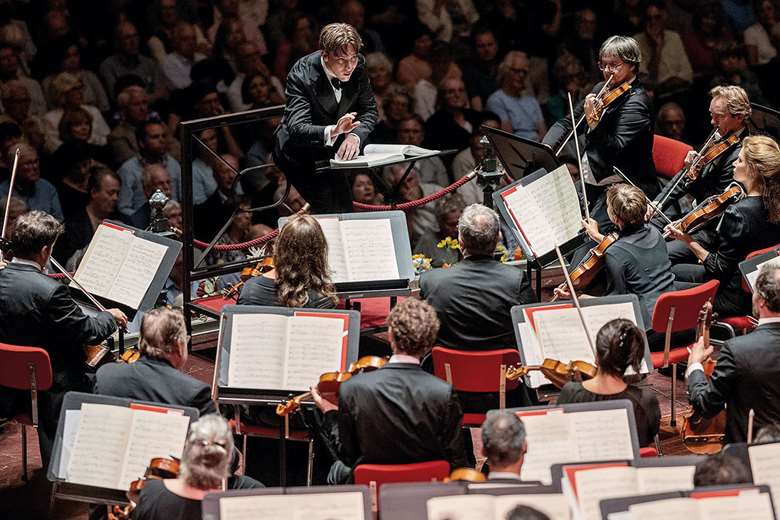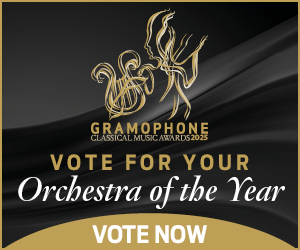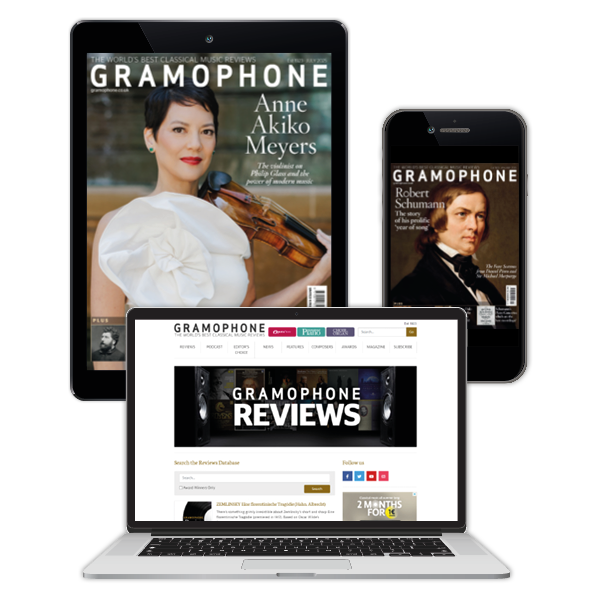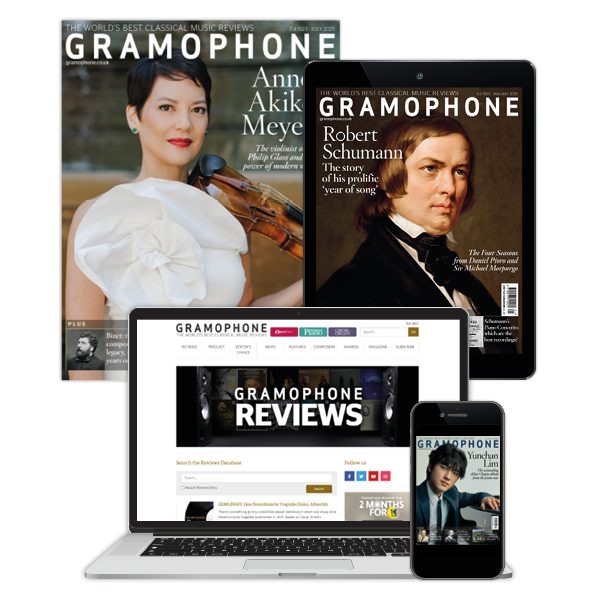Online classical concerts & events to enjoy this month (January 2025)
Peter Quantrill
Friday, January 3, 2025
Peter Quantrill explores a range of documentaries and concerts from Sir Antonio Pappano, Daniel Harding and Klaus Mäkelä

Register now to continue reading
Thanks for exploring the Gramophone website. Sign up for a free account today to enjoy the following benefits:
- Free access to 3 subscriber-only articles per month
- Unlimited access to our news, podcasts and awards pages
- Free weekly email newsletter








